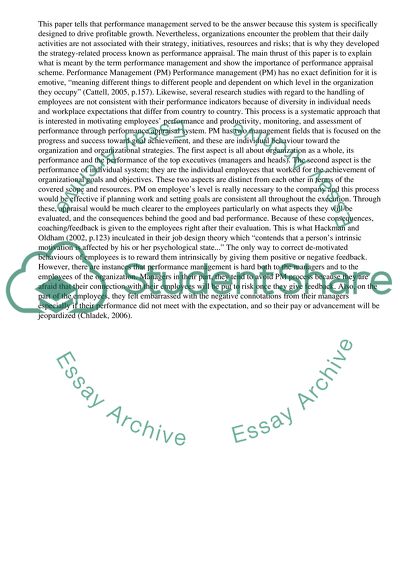Cite this document
(“Performance Management and Human Resource Development Research Paper”, n.d.)
Performance Management and Human Resource Development Research Paper. Retrieved from https://studentshare.org/management/1410140-people-management-essay-assigment
Performance Management and Human Resource Development Research Paper. Retrieved from https://studentshare.org/management/1410140-people-management-essay-assigment
(Performance Management and Human Resource Development Research Paper)
Performance Management and Human Resource Development Research Paper. https://studentshare.org/management/1410140-people-management-essay-assigment.
Performance Management and Human Resource Development Research Paper. https://studentshare.org/management/1410140-people-management-essay-assigment.
“Performance Management and Human Resource Development Research Paper”, n.d. https://studentshare.org/management/1410140-people-management-essay-assigment.


